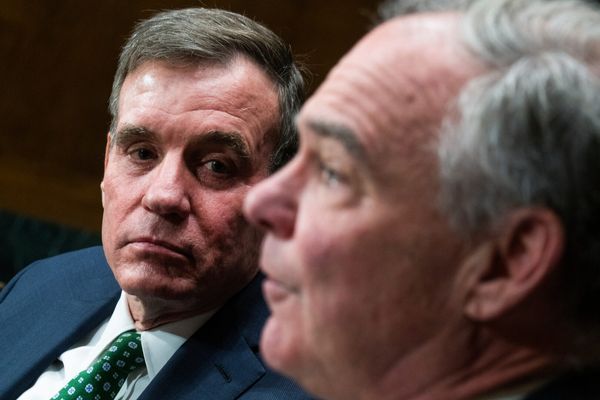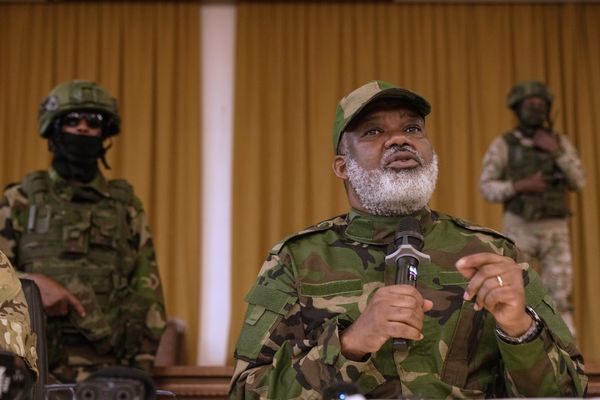
To say that Chicago needs effective violence prevention is an understatement.
At least five people were killed and 61 others were wounded in shootings this past weekend. Then on Monday, a commuter on the CTA’s Red Line train pulled a knife to defend himself against seven would-be robbers, killing a 15-year-old youth who police say had a gun. It was the second time in three days that a Red Line rider used a knife to fend off a large group.
Most of the weekend incidents took place on the West Side, an area where gun violence has declined within the last year.
The decline is reason for hope. No doubt West Siders have been especially encouraged to hear that the number of murders and shootings where they live are down. But the threat of violence remains ever-present.
The latest weekend violence, and the bloodshed our city witnesses on a daily basis, are constant reminders that keeping our communities out of harm’s way is a Herculean task.
It’s good news that the state’s recently formed Office of Firearm Violence Prevention distributed $2 million in grants last month to four dozen community-based organizations that have worked tirelessly to keep gun crimes down. The money is a strong indication that many of our leaders, including Gov. J.B. Pritzker, understand that lives are at stake — and we can’t afford to be lax about saving them.
In fact, those grants are just a fraction of the $250 million in federal COVID-relief funds that the governor vowed in 2021 to distribute to these groups and other organizations working to stop gun violence, as WBEZ’s Patrick Smith reported.
When he made that pledge last year, Pritzker called gun violence a “public health crisis.” That it is.
We have to know what it will take to end the crisis.
‘Measure impact at a community level’
Four people were shot and wounded early Saturday in East Garfield Park — the fourth mass shooting in the area in the last three months. One neighborhood faith-based nonprofit, Breakthrough Urban Ministries, received some of the recent state funding.
A few miles away in Little Village, the state gave Enlace Chicago $30,000 in June. The organization, which focuses on youth and community programming, gang intervention and victim support services, is expected to get another $650,000 in American Rescue Plan Act funds over the next three years.
At Enlace Chicago — where victim advocate Cecilia Mannion told Smith she’s had to dig into her own pocket to buy bandages and saline solution for gunshot victims — the grants will also go a long way.
The work that these and other community groups do is essential. So, too, is measuring their effectiveness.
The Illinois Firearm Violence Research Group, which draws expertise from universities, will do that by assessing the strengths and weaknesses of all the Firearm Violence Prevention programs, a spokesperson for the state’s Department of Human Services told us.
The research group will also “inform on metrics and data collection practices that best measure impact at a community level.”
In addition, the state is working with Cook County and the City of Chicago to examine “which organizations and approaches prove most effective.”
The city, which has budgeted $52 million for violence intervention programs, says it has been coordinating with the state and county to “develop shared metrics,” another positive sign that the millions being allocated to curb violence will — hopefully — be spent effectively.
It’s easy for government officials to promise accountability. The devil will be in the details. But best-case scenario, eventually the evaluations will show more results like those from a study earlier this year by the University of Chicago Crime Lab of the READI Chicago anti-violence program. The study found that READI Chicago kept high-risk men on the South and West sides from engaging in crime and violence by offering a mix of education, support and cognitive behavior therapy — a counseling approach that aims to change a person’s negative thought patterns.
The research on READI, which stands for Rapid Employment and Development Initiative, showed that crime prevention can work. Yes, we need law enforcement — but preventing crime is always better than punishing it after the fact.
Not every program will look the same. Each community has unique needs and may respond differently to different approaches.
But we’ve got to know which methods work — and which don’t. Chicago has been under the gun far too long.
Want to write a letter to the editor or submit an op-ed for the Sun-Times? See our guidelines.







